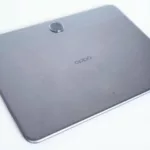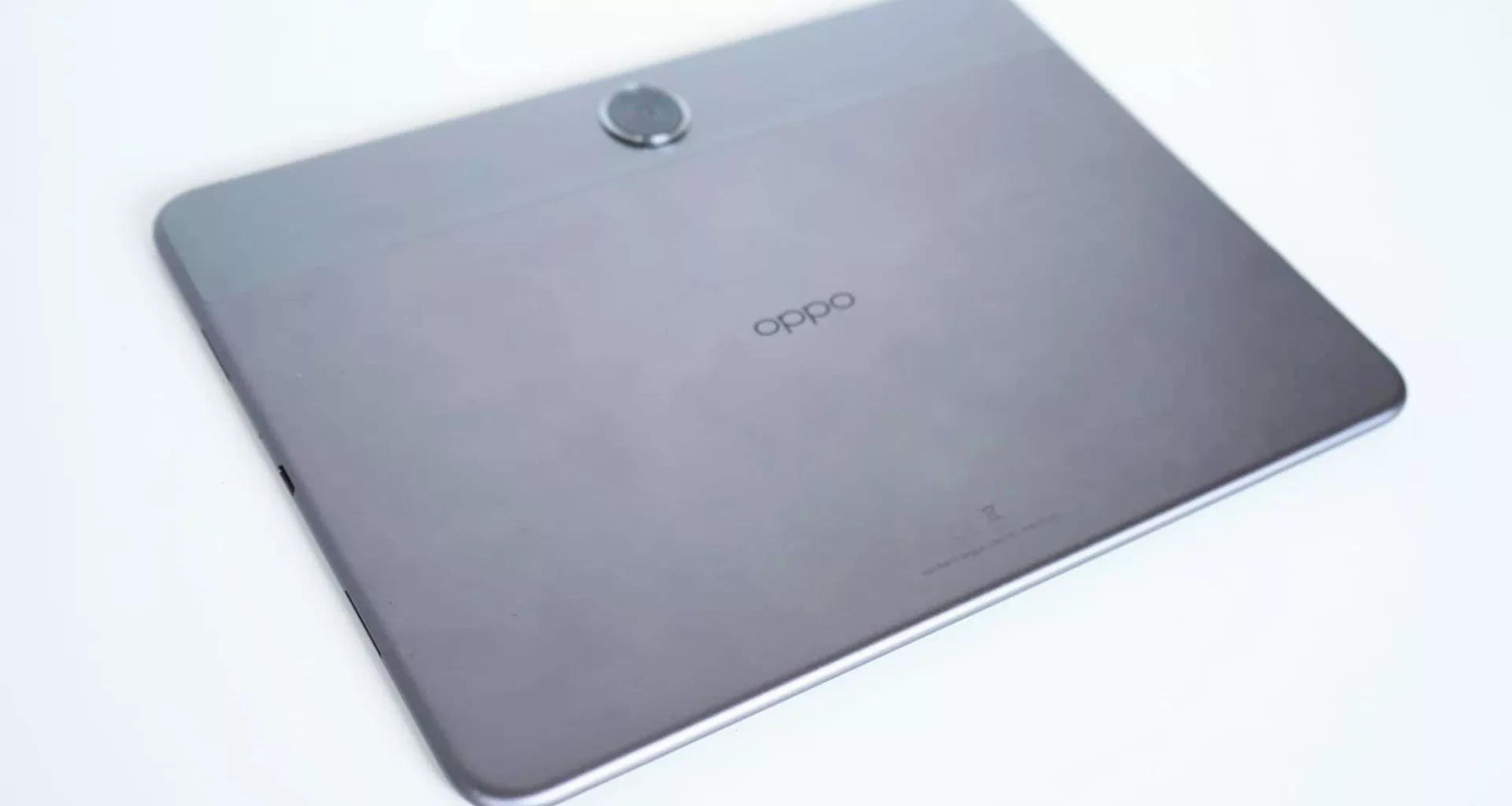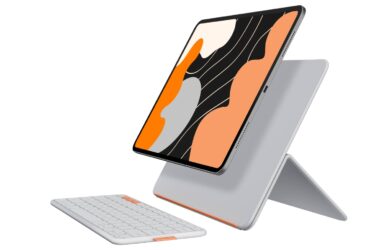Quick review
The good
The not-so-good
Android tablets aren’t the big part of the market they once were, but at least one more player is giving it a good go. With the Oppo Pad Neo, the idea is a sizeable tablet without a sizeable price. Does it succeed?
Design
Appearing as a 10 to 11 inch tablet, the 11.36 inch Pad Neo is Oppo’s latest attempt to claw some of the tablet market. It’s not technically a big phone like many of Oppo’s releases, but rather a sizeable tablet, slightly bigger than the 10 inch tablets you typically see, and placed more like an 11 inch model in the more “pro” lines out there. Kinda sorta.
There’s not a lot to the design, if we’re honest. Slim at roughly 6.89mm, it is by no means meant to take on the 5.1mm M4 iPad Pro, but it’s still slender enough to count, even if the materials are a little less premium than the metal and glass of an Apple iPad.
Instead, it’s plastic on the back with glass on the front, and it looks like a tablet. There’s not a lot of design to speak of here, save for a rear camera which is found dead centre at the top on the back.
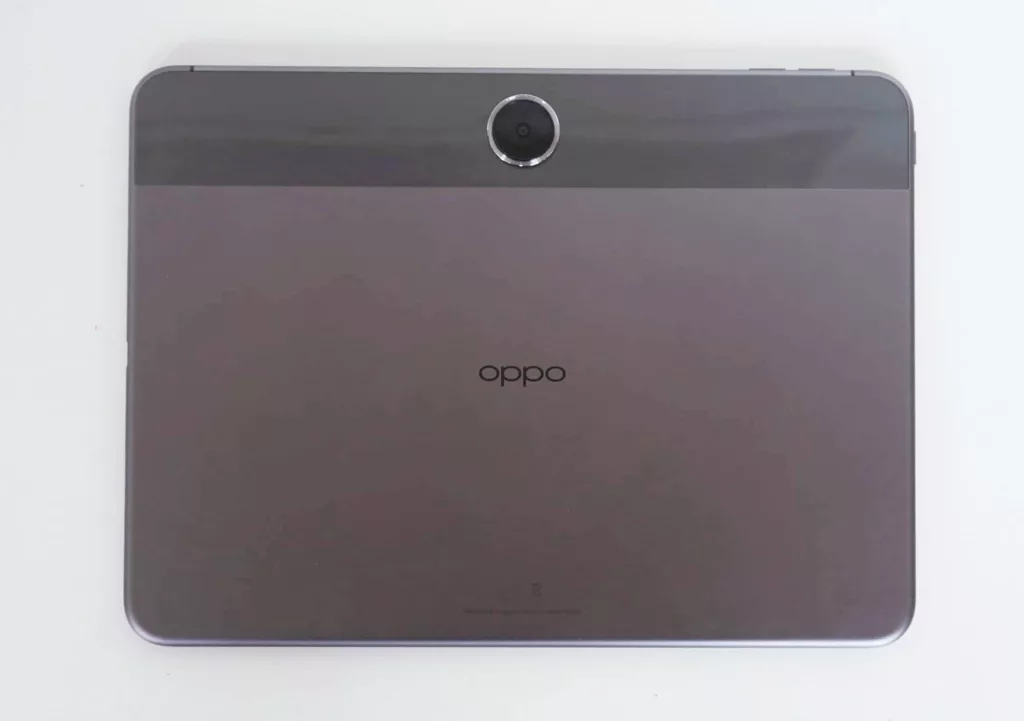
Features
That camera is an 8 megapixel F2.0 model, and there are actually two seemingly identical cameras here: one on the front and one on the back. We don’t spend a lot of time taking photos with tablets, but you have similar cameras for video chat and picture snapping, so that’s fine.
The rest of the hardware can feel a little like what Oppo has done is make a big phone, albeit without the modem, because that part isn’t here.
Inside the Oppo Pad Neo, you’ll find a MediaTek Hello G99 chip, Android 13, 6GB RAM, and 128GB storage, complete with support for microSD to expand things on the left edge. If that sounds like Oppo has essentially borrowed the template for many of its mid-range phones, you would not be wrong.
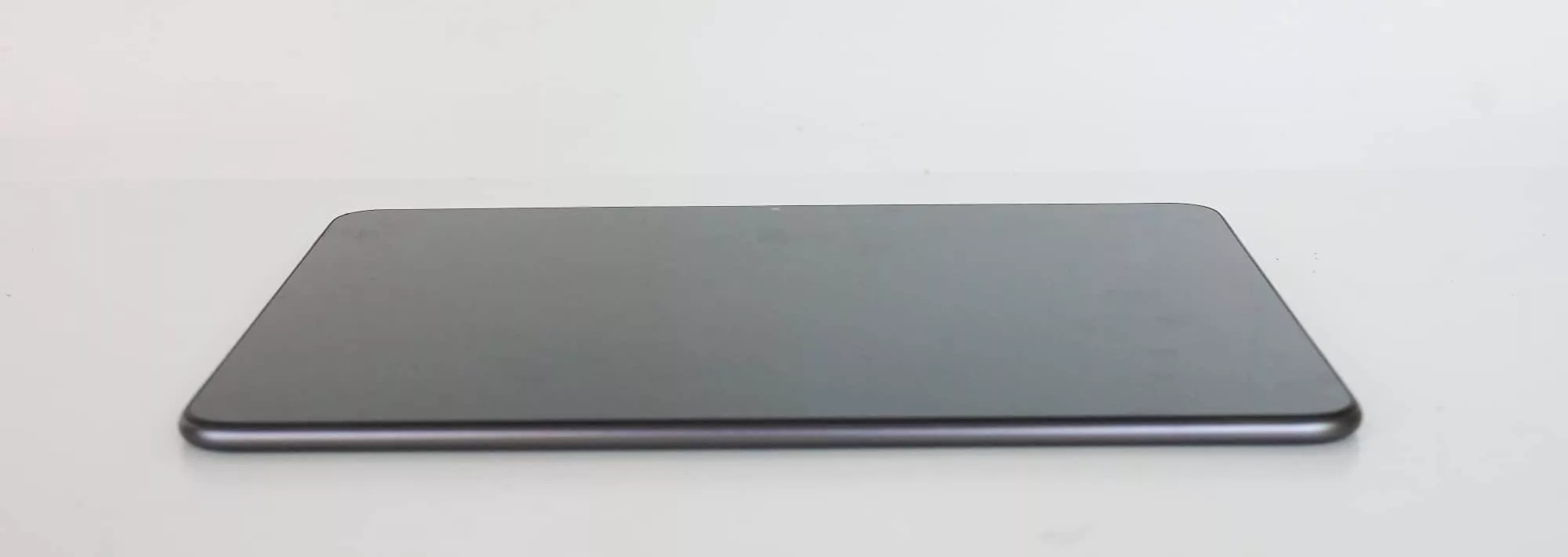
Connections echo that, with 802.11ac WiFi 5, Bluetooth 5.2, GPS, and a single USB-C connection for charging, data, and if you need to, wired audio. Wireless audio is possible too, thanks to Bluetooth, but if you want to listen out loud, there are also four speakers with support for Dolby Atmos virtualised surround.
There’s no fingerprint sensor in the Pad Neo package, but there is facial unlock security, and it all sits under that 11.36 inch (roughly 11.4) screen, running at 90Hz for slightly slicker animations with a resolution of 2408×1720.
All of this sits atop an 8000mAh battery, which needs to be charged by that USB-C port mentioned before.
| Model | Oppo Pad Neo (OPD2302) |
| Chip | Mediatek Helio G99 |
| RAM/Storage | 6GB RAM; 128GB |
| Display | 11.36 inch IPS LCD, 2408×1720, 90Hz |
| OS | Android 13 |
| Cameras | 8mp F2.0 front, back |
| Connections | WiFi 5, Bluetooth 5.2, GPS, USB-C |
| Size/Weight | 6.89mm, 538g |
| Price | $449 AUD |
Display
In short, Oppo seems to have built a tablet very much in the template of one of its mid-range phones. And you can see that with the screen, which offers a nice resolution for sure, but relies on a standard In-Plane Switching (IPS) LCD display, rather than something with a little more colour honing like an OLED or AMOLED.
Sharper resolution than standard Full HD is nice here, but you’re not getting terribly spoiled by the screen tech.

In-use
While a touchscreen is clearly going to be the main way of using the Pad Neo, Oppo has cleverly brought over some of the features we’ve seen on at least one other device made by the company, the Find N3 Flip. That includes the split screen feature from that phone, with a simple swipe on the right side allowing you to quickly and easily drag in a second app to work side by side.
It’s a handy inclusion, and something Google doesn’t offer with Android natively, providing that little bit of something extra for the Pad Neo.

That’s probably a good thing, because in terms of usability, there’s not a lot that sets the Pad Neo apart from really anything else out there.
There’s no fingerprint scanner to lock the thing, and while there’s a camera up front you can use for facial security, we found punching in your PIN was often faster than letting the camera work out where you are.
Performance
With a MediaTek chip inside, we don’t initially expect amazeballs performance, but it certainly does the job. Slow downs are possible with the Pad Neo — we certainly found them at times — but for the most part, the experience is fine.
Comparing the tablet on benchmarks alone, the processor isn’t exactly going to wow your socks off, but it does handle its own. It can’t quite compare to even the 9th-gen Apple iPad based on our benchmarks, and it’s no match for the 10th-gen found about the place, but it’s still not a bad effort all the same.
Interestingly, the Oppo Pad Neo performs rather a lot like a mid-range phone, getting close to the Moto G84 5G in performance, but under where even last year’s Oppo Reno 10 5G delivers.
The Pad Neo is not a 5G tablet — our model was WiFi only, and clearly this is a tablet and not a phone — but the system spec is very similar in overall performance.
In short, if you want a tablet for the basics, and maybe a little bit more, the Pad Neo could be fine. It’s not going to deliver the best result in games by any stretch of the imagination, but it’ll handle the day to day just fine.
Battery
At least the battery is sizeable, with the 8000mAh module inside capable of handling up to around 14 hours of use.
We initially tried writing the Pad Neo review on the tablet itself — because we try to write every tablet and laptop review on the respective devices — and while this flexed some of the battery, intermittent use meant we didn’t need to charge it much throughout the week.
Credit to Mediatek and Oppo alike: while the system performance can be a little slow at times, the battery optimisation appears solid. You may not need to charge the Pad Neo for a couple of days depending on how much you use it.

Value
The price is probably the most compelling part of the Pad Neo package, hitting under $500 for an otherwise nice looking tablet.
At $449, Oppo’s Pad Neo is relatively affordable for something that looks premium, even if the performance isn’t quite as solid as the look.
The problem is if you spend a little more, you get a slightly better experience from rivals. We’re not sure Oppo has priced the Pad Neo as well as it could.
What needs work?
Yes, the Oppo Pad Neo is a relatively decent mid-range tablet, and one that comes with Android. As it is, there aren’t a heap of Android tablets beyond a few made by Lenovo, so Oppo isn’t exactly matched by a lot of competition.
However, it’s a tablet that feels just like a mid-range phone. There’s a nice screen, an acceptable camera, and not really a lot more that you’d find that’s particularly special. It’s ordinary fare, and that’ll be fine for many. It just needs something else to stand out.
You can probably feel the “ho-hum” in our writing voice as we pushed out this review. It’s just so ordinary. It’s a tablet.
Oppo could include a case or a stylus in the box, or even a keyboard case to make this tablet more usable overall. It could be better value in general against other tablets, not just acceptable overall.
Even the Samsung Tab S9 FE comes with at least two points of difference: the S-Pen and some water resistance, rated for IP68. There’s something more to Samsung’s alternative, but little “extra” to Oppo’s. Samsung’s Tab S9 FE ranges from $524 to $749 depending on where you go, but it’s a clearly different device.
Comparatively, Lenovo’s M11 Tab is less expensive than the Pad Neo, street-priced between $248 and $348, and arriving with a pen. It’s probably as close to competing with the Oppo option as it gets.
Meanwhile, the obvious contender from Apple in the 9th-gen iPad can be found for between $429 and $549 depending on where you look. And the experience on that tablet feels more complete overall.
As it is, the Oppo Pad Neo is an utterly ordinary tablet. That’s not necessarily a bad thing, but we’d probably consider paying a little more for something less ordinary. That might just be us.
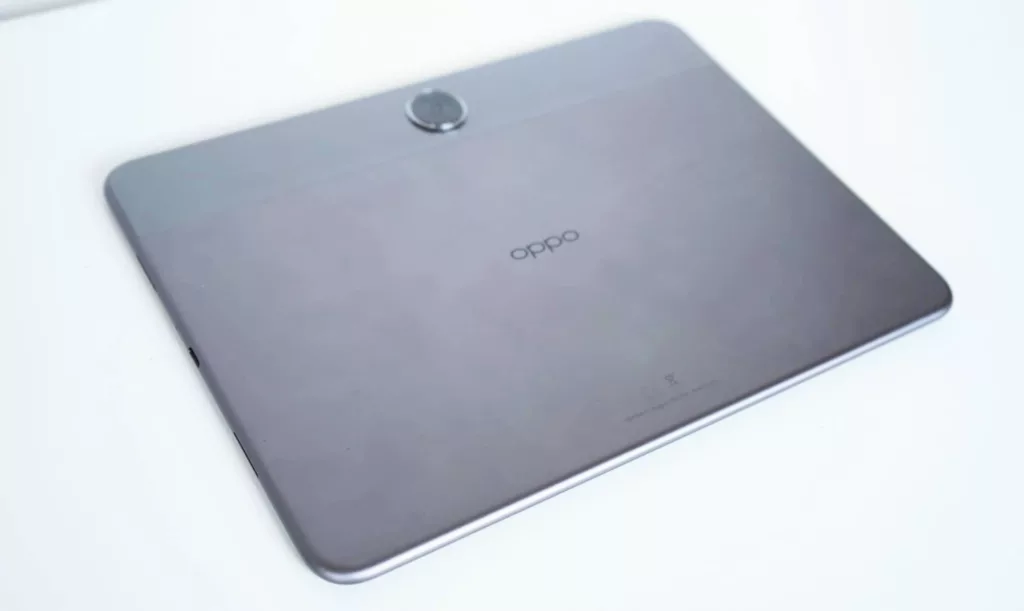
Final thoughts (TLDR)
Ordinary vibes aside, Oppo makes a perfectly decent tablet in the Pad Neo, but there’s also not a lot about it that would make you choose it over anything else.
When we look at products, we’re often looking for things that stand out. It could be design or even just a feature you’ve not considered in use, or even one you totally have. A stylus, a free keyboard, water resistance, and so on; something that makes you say “yes, this is different from everything else out there and worthy of my money”.
In budget and mid-range phones, the fact that models can be inexpensive is often what gives them that reason to buy. The value is their key difference.
With the Oppo Pad Neo, there just isn’t much of that at all. It’s a tablet, and definitely acceptable, but there’s no standout reason to go and grab one. It’s more like a mid-range phone turned tablet. Maybe if the price fell even more, but that’s possibly it.
